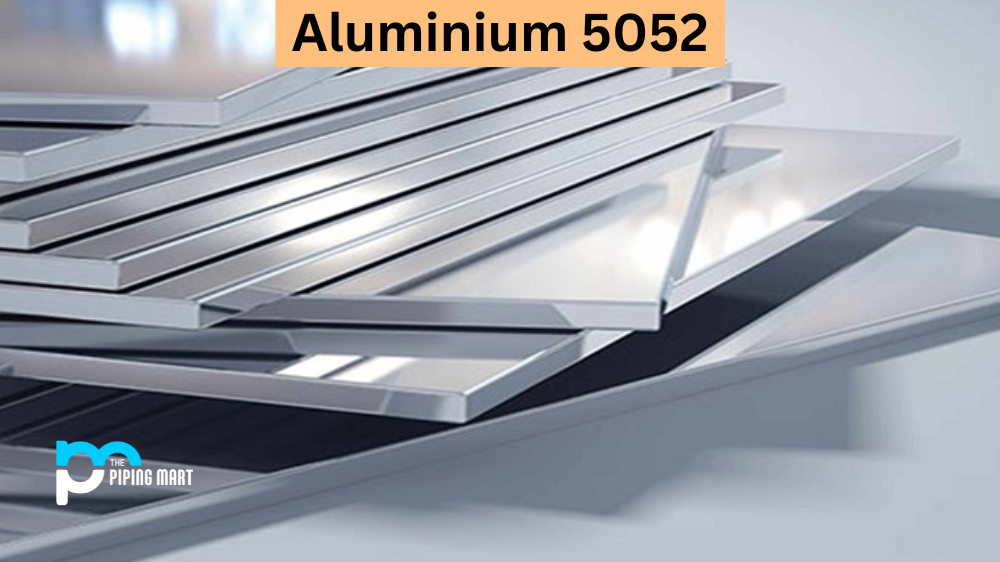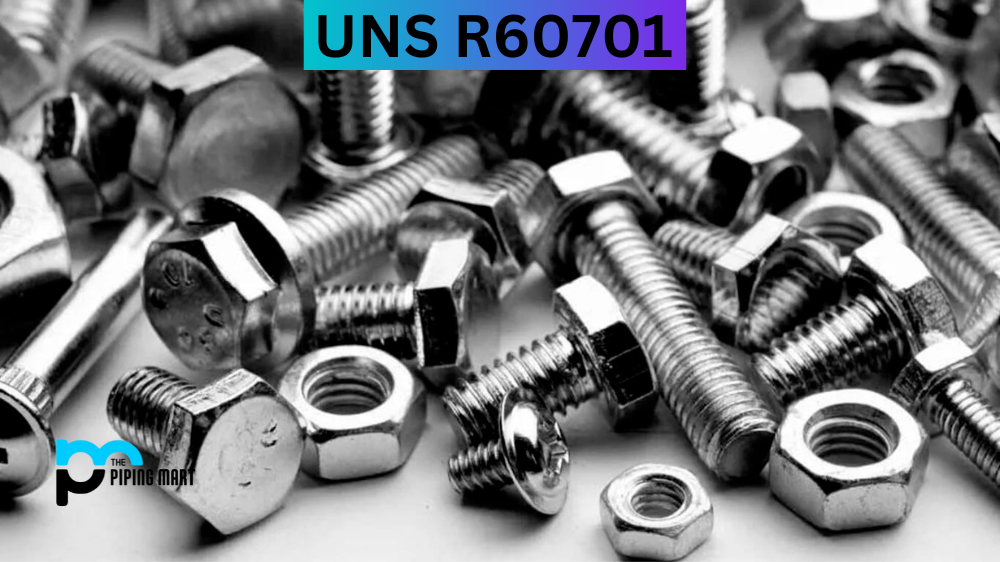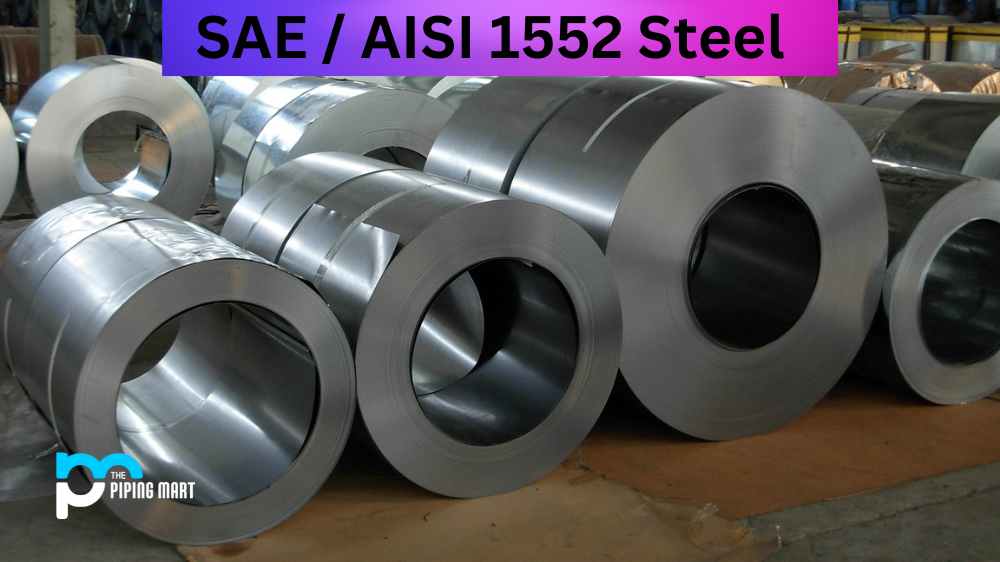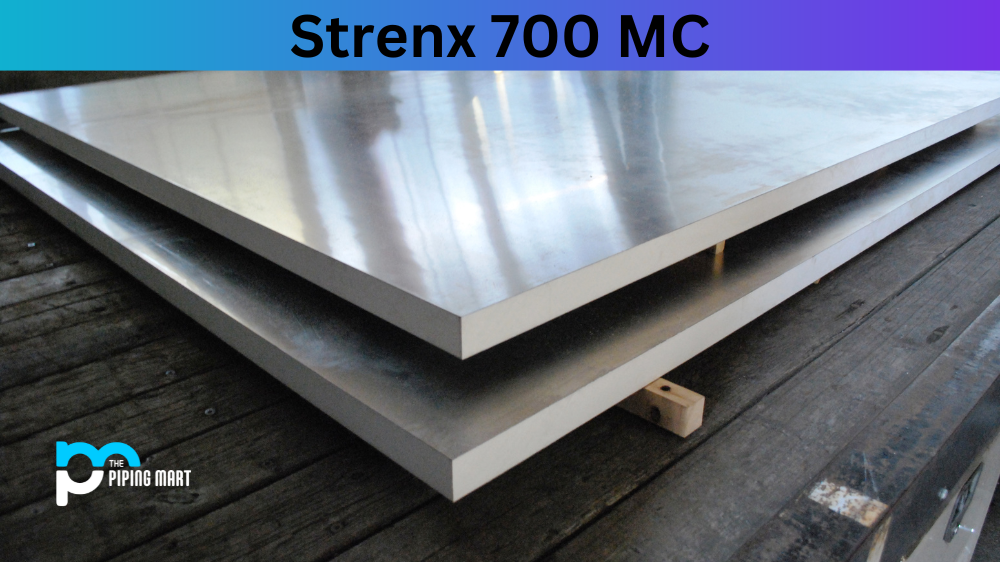Aluminium 5052 is a versatile alloy with a wide range of properties and uses. It has excellent corrosion resistance, excellent weldability, good formability and machinability, and moderate strength. This alloy is used in many industries and applications due to its versatility – from automotive components to cookware to electrical enclosures. In this blog post, we will discuss the composition, physical properties, mechanical properties, uses, corrosion resistance, heat treatment, and machining of Aluminium 5052.
5052 Aluminium Composition
Al 5052 is an alloy made up of 95.6% aluminium and 4.4% magnesium by weight. The addition of magnesium increases the strength of the metal while still maintaining excellent ductility and formability. Magnesium also enhances the corrosion resistance of the metal by forming a protective oxide film on its surface when exposed to air or moisture.
| Chemical Element | % Present |
|---|---|
| Manganese (Mn) | 0.0 – 0.10 |
| Iron (Fe) | 0.0 – 0.40 |
| Copper (Cu) | 0.0 – 0.10 |
| Magnesium (Mg) | 2.20 – 2.80 |
| Silicon (Si) | 0.0 – 0.25 |
| Zinc (Zn) | 0.0 – 0.10 |
| Chromium (Cr) | 0.15 – 0.35 |
| Others (Total) | 0.0 – 0.15 |
| Other (Each) | 0.0 – 0.05 |
| Aluminium (Al) | Balance |
5052 Aluminum Physical Properties
Aluminium grade 5052 has a density of 2.70 g/cm3 which makes it lightweight compared to other metals such as steel or copper alloys. It has an elongation at a break value of 15-40%, meaning that it can be easily formed into different shapes without losing its strength or integrity. Its thermal conductivity is 105 W/mK which makes it an ideal material for heat sinks or heat exchangers since it can efficiently transfer heat away from a hot source quickly.
| Physical Property | Value |
|---|---|
| Density | 2.68 g/cm³ |
| Melting Point | 605 °C |
| Thermal Expansion | 23.7 x10^-6 /K |
| Modulus of Elasticity | 70 GPa |
| Thermal Conductivity | 138 W/m.K |
| Electrical Resistivity | 0.0495 x10^-6 Ω .m |
5052 Aluminum Mechanical Properties
Alloy 5052 has a tensile strength of 140 MPa which makes it slightly weaker than other aluminium alloys, such as 6061 T6 but still strong enough for most applications that require moderate strength, such as cookware or structural components for vehicles or buildings. Its yield strength is 120 MPa which means that it retains its shape even under pressure without being permanently deformed or stretched out of shape like some metals would do under similar conditions. Its modulus of elasticity is 68 GPa which gives it flexibility so that it can bend without breaking when force is applied to it in certain directions or angles instead of just snapping into two pieces as some other metals would do under similar conditions.
| Mechanical Properties | Metric | English |
| Ultimate Tensile Strength | 228 MPa | 33000 psi |
| Tensile Yield Strength | 193 MPa | 28000 psi |
| Shear Strength | 138 MPa | 20000 psi |
| Modulus of Elasticity | 70.3 GPa | 10200 ksi |
| Shear Modulus | 25.9 GPa | 3760 ksi |
5052 Aluminum Equivalent
- Al Mg 2.5
- Al 2.5Mg Cr
5052 Aluminum Uses
Due to its low cost and good mechanical properties, Aluminium 5052 is used in many industries and applications such as automotive components (such as wheels), cookware, electrical enclosures (due to its excellent corrosion resistance), fuel tanks (due to its light weight) and more.
Corrosion Resistance
Aluminium 5052 has excellent corrosion resistance due to the presence of magnesium in its composition, which forms a protective oxide film on its surface when exposed to air or moisture, making it resistant to corrosion from acids, alkalis, and salts in both indoor and outdoor environments. It also does not suffer from stress-corrosion cracking like other aluminium alloys do when exposed to high levels of stress combined with corrosive compounds present in certain types of environments, such as seawater or soil rich in chloride ions (Cl-).
Heat Treatment
Aluminium 5052 is a type of alloy often used in electronic components, and heat treatment provides some major advantages. By increasing the heat, you can make the aluminum more malleable and resistant to wear, helping to extend the durability of parts and components. The composition of Aluminium 5052 also makes it particularly suitable for use in saltwater environments, meaning that once heated, it can easily resist the degrading effects of long-term exposure to the elements. When combined with other alloys, such as magnesium, this grade of aluminum can achieve remarkable levels of strength and rigidity alongside its already impressive ability to withstand corrosion. Heat-treating Aluminium 5052 is an essential part of producing high-quality products that are certain to last.
Machining
Aluminium 5052 machining enables the utilization of a very popular aluminum alloy for precision parts and components. The effectiveness of this machining process is exceptional due to the softness of Aluminium 5052, yet its strength and rust resistance makes it perfect for a vast array of applications. It’s particularly popular in architectural projects, where strong yet lightweight materials are essential. Aluminum 5052 machining can create custom shapes and contours, aiding engineers and designers to create one-off pieces with shape complexity that other materials simply cannot match. In today’s ever-evolving industrial construct, precision parts made from Aluminum 5052 are becoming a necessity and understanding this particular machining process is key to unlocking the potential of this widely used alloy.
Welding
Welding aluminium 5052 can take time and precision; however, with the right tools and knowledge, it is a fairly straightforward process. By mastering the basics of welding equipment setup, determining the correct, current type, selecting amperage levels, and adhering to dedicated safety protocols, welders can relish the satisfaction of creating high-quality aluminium welds. The increased mechanical strength, along with its corrosion resistance requirements gained by welding aluminum 5052, can make all the effort worthwhile as it endures its lifetime as a dependable part or structure.
Conclusion
Aluminium 5052 is an excellent aircraft material because of its affordable price, low density and good strength-to-weight ratio. It is also resistant to fatigue, corrosion and cracking. However, it does have a lower resistance to heat than some other alloys. If you are looking for an aluminium alloy that is strong, lightweight and affordable, then aluminum 5052 is a perfect choice.

Abhishek is a seasoned blogger and industry expert, sharing his insights and knowledge on various topics. With his research, Abhishek offers valuable insights and tips for professionals and enthusiasts. Follow him for expert advice on the latest trends and developments in the metal industry.




